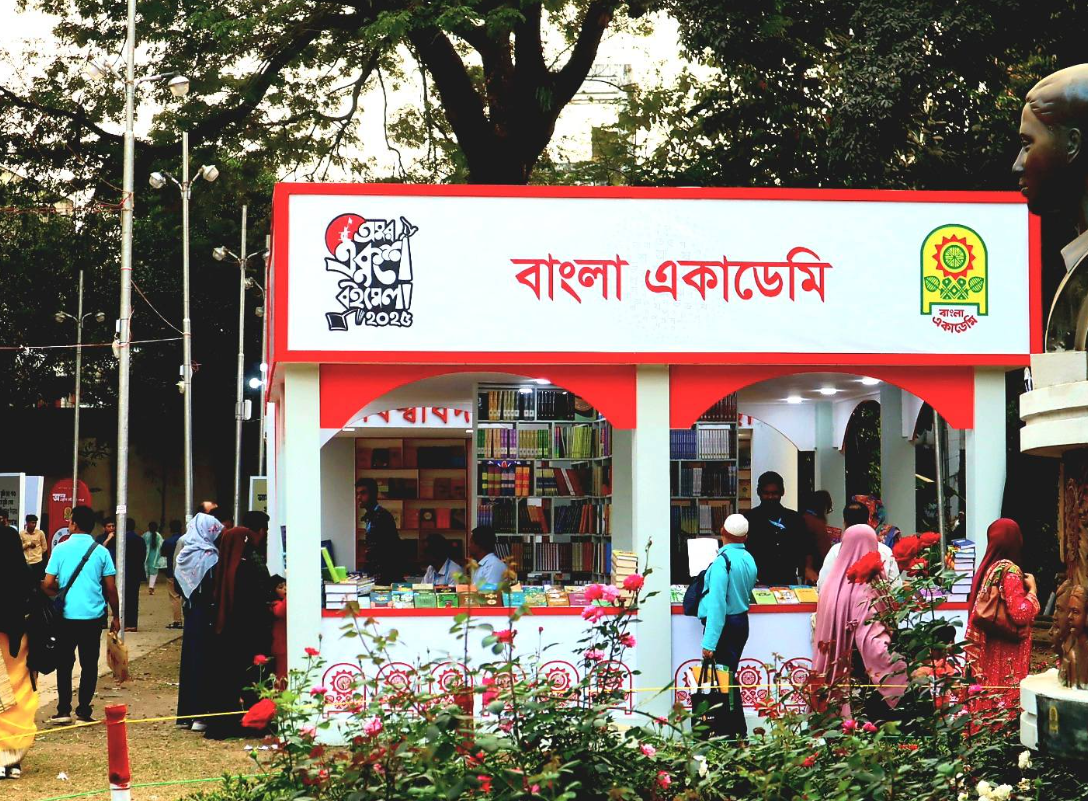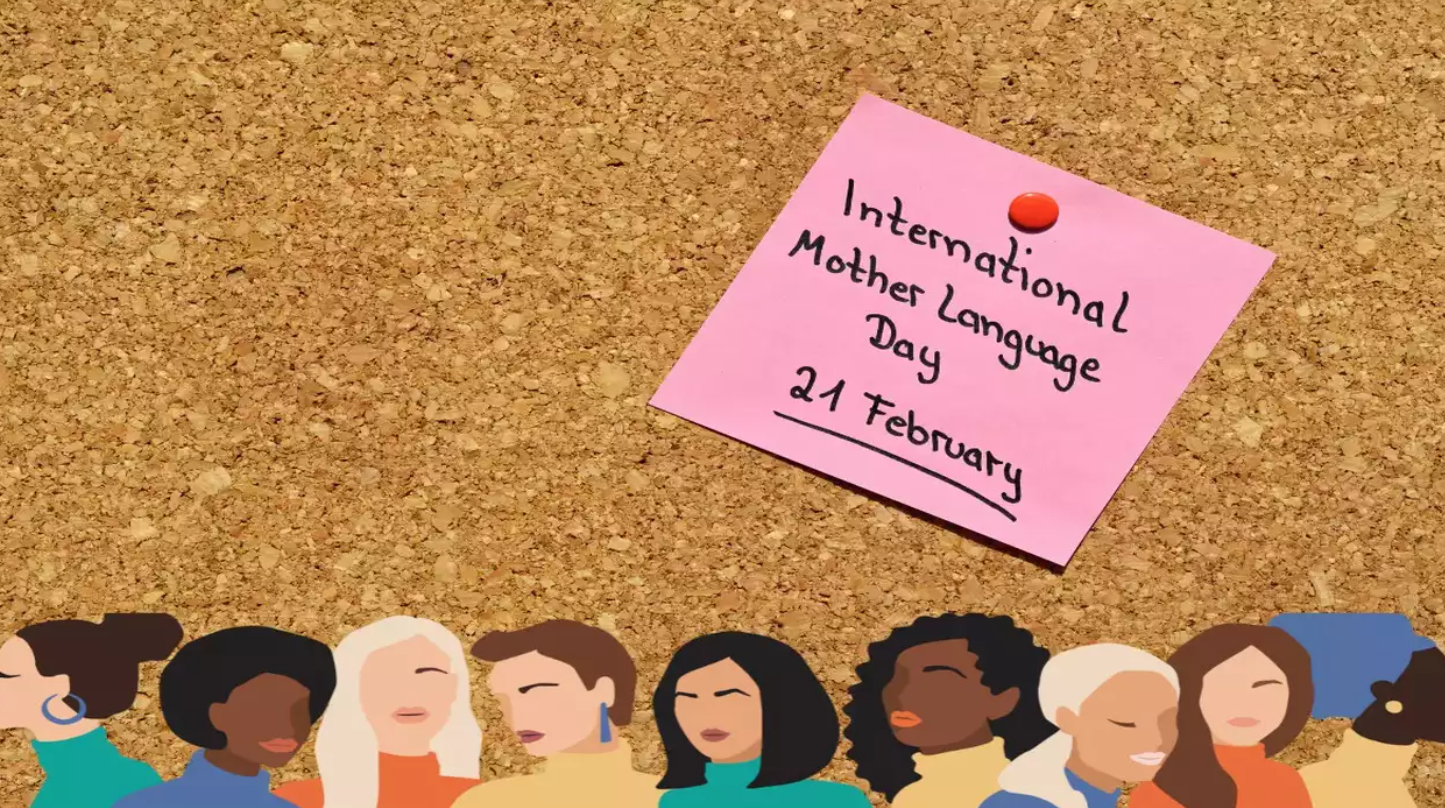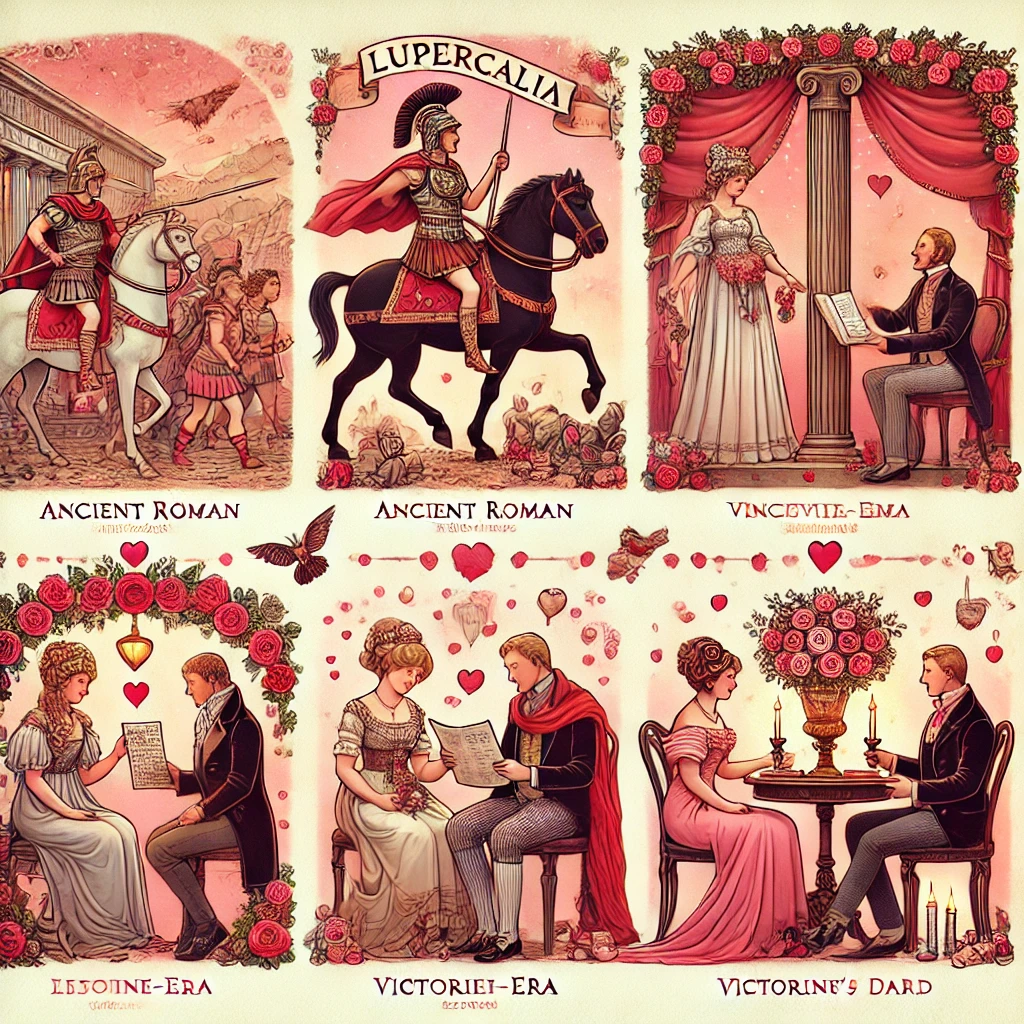Every culture has its heartbeat — a rhythm that connects its people, history, and traditions. For Bengalis, that rhythm pulses strongest on Pahela Boishakh, the first day of the Bengali calendar, celebrated on 14th April. It’s more than just a date on the calendar — it’s a vibrant festival that blends history, heritage, and heartfelt emotion.
The Roots of Pahela Boishakh
The term “Pahela” means first, and “Boishakh” is the first month in the Bengali calendar. Together, they mark the beginning of a new year — Bengali Nobo Borsho. Though its origins trace back centuries, the modern Bengali calendar was reformed in 1966 by linguist Muhammad Shahidullah, and officially adopted in 1987 to align with the solar calendar.
Since then, every 14th of April, the nation dresses in celebration — welcoming the new year with color, song, food, and tradition.
How Bangladesh Celebrates Pahela Boishakh
Clean Homes, Fresh Clothes, Fresh Start
The preparations begin early. Homes are cleaned thoroughly, and families shop for new clothes — often in red and white, symbolizing joy and purity. There’s a collective sense of wiping away the past and embracing a clean slate.
Morning Melodies: Chhayanaut’s Open-Air Concert
At the break of dawn, music floats through the air in Ramna Batamul, Dhaka. Organized by Chhayanaut, a cultural organization, the event begins with Tagore’s timeless song:
“Eso He Boishakh, Eso Eso”
(Come, O Boishakh, Come)
Singers, musicians, and crowds gather to welcome the new year through soulful renditions, shown live on national TV. It’s a magical start to a heartfelt day.
Mangal Shobhajatra: A Parade of Pride
One of the most visually stunning aspects of Pahela Boishakh is Mangal Shobhajatra, a cultural procession organized by the Faculty of Fine Arts, University of Dhaka. The parade features handcrafted masks, giant animal figures, colorful banners, and symbolic art celebrating hope, peace, and harmony.
It’s more than a parade — it’s a powerful display of unity, creativity, and the Bangladeshi spirit.
The Iconic Baishakhi Meal
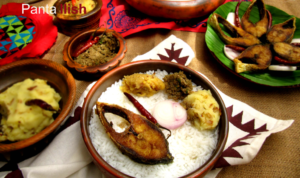
No Pahela Boishakh is complete without a traditional meal of Panta Ilish — soaked rice served with fried Hilsa (ilish) fish, onions, and green chilies. It’s a dish steeped in rural tradition and a symbol of Bangladeshi identity.
Despite its humble origins, on this day, it takes center stage on plates across the country.
Baishakhi Mela: A Festival Within the Festival
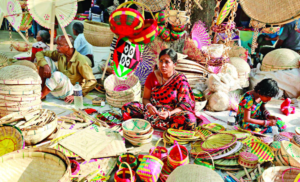
Boishakhi fairs (melas) spring up in towns and villages, bringing joy to every age group. From folk performances, puppet shows, and rides to stalls selling sweets, handicrafts, and toys — these fairs are buzzing with life. It’s where tradition meets festivity in the most joyful way.
Haal Khata: Honoring Business and Trust
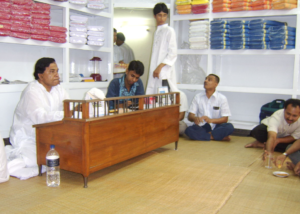
For shopkeepers and traders, Pahela Boishakh marks a fiscal renewal. They close the old year’s account book (haal khata), open a new ledger, and greet loyal customers with sweets and smiles — strengthening bonds in business and beyond.
A Day for Togetherness
Above all, Pahela Boishakh is about connection. Families gather. Friends meet. Neighbors exchange greetings. Streets fill with laughter, music, and a sense of collective celebration that transcends age, class, or background.
More Than a Date — A Way of Life
Pahela Boishakh isn’t just a new year’s celebration. It’s a proud expression of Bengali identity, a reminder of resilience, a moment to pause and embrace the beauty of tradition, and a call to step forward with renewed hope.
So whether you’re dancing in the Mangal Shobhajatra, singing Tagore at sunrise, or sharing Panta Ilish with your loved ones — know that you are part of something timeless and beautiful.
Shubho Nobo Borsho…


